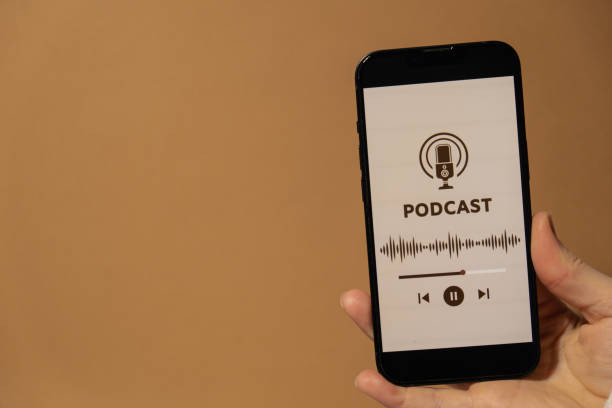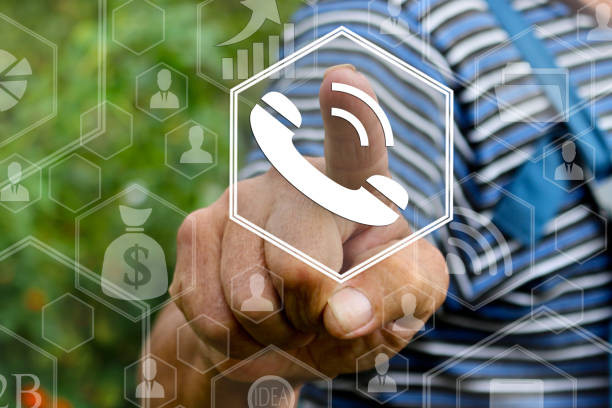One thing is evident in the ever-changing environment of digital transformation: security and user authentication are important. The requirement to guarantee that only authorized personnel have access to sensitive data, systems, or services has resulted in the creation of novel solutions, such as the Voice Verification System. In this blog, we will delve into the area of the voice verification system, and shed light on its prospective uses and benefits.

User Authentication Problems
In the digital age, user authentication has always been a key topic. Passwords and PINs, for example, can be inconvenient and vulnerable to security breaches. Biometric identification systems, such as fingerprint and face recognition, have made tremendous advances, but they are not without restrictions. Voice verification systems solve some of these issues while also offering a fresh method to improving security and user experience.
The API For Voice Verification System
Our main point, Voice Coincidence Verification API, is a cutting-edge solution that makes use of voice recognition and speech analysis technology. It enables businesses to authenticate people’s identities using their distinct voice features. This API can reliably verify if the speaker is who they claim to be by evaluating several elements of their voice, such as pitch, tone, and cadence.
Strengths And Pros
- Enhanced protection: When compared to older techniques, voice verification adds an extra degree of protection. It is difficult for an imposter to imitate the distinct characteristics of another person’s voice.
- Voice recognition is an easy-to-use authentication solution. Users simply need to talk, making it simple and convenient.
- Versatility: This technology may be used to secure your smartphone as well as authenticate the identity of callers in customer service centers.
- Accuracy: Modern speech verification systems have great accuracy rates, which help to reduce false positives and negatives.
- Fraud Prevention: By employing voice verification, firms may reduce fraud, particularly in high-security areas such as banking and healthcare.
In this example, we utilize the “VOICE VERIFICATOR” endpoint and enter two audio voice connections, with the following result:
{
"statusCode": 200,
"statusMessage": "Login Successful",
"hasError": false,
"data": {
"resultIndex": 1,
"resultMessage": "The two voices belong to the same person."
}
}Getting Started With This Voice Verification System

If you want to include the Voice Coincidence Verification API in your apps or services, follow these steps:
- Choose a reliable API Provider: Select a reliable API provider that provides Voice Coincidence Verification services. Check if they have a stable track record and adhere to security requirements.
- API integration entails incorporating the API into your application or system. Most providers give extensive documentation and help to make this procedure as simple as possible.
- Data Gathering: Gather speech samples from approved users. The more data there is, the more precise the system gets.
- Testing and optimization: Thoroughly test the system to verify it works as it should. To get peak performance, fine-tune the settings.
- Implementation and User Training: Integrate the voice verification technology into your business or application. Users should be trained on how to utilize the system efficiently.
Related Post: Voice Recognition API Insights: Your Voice, Your Control

